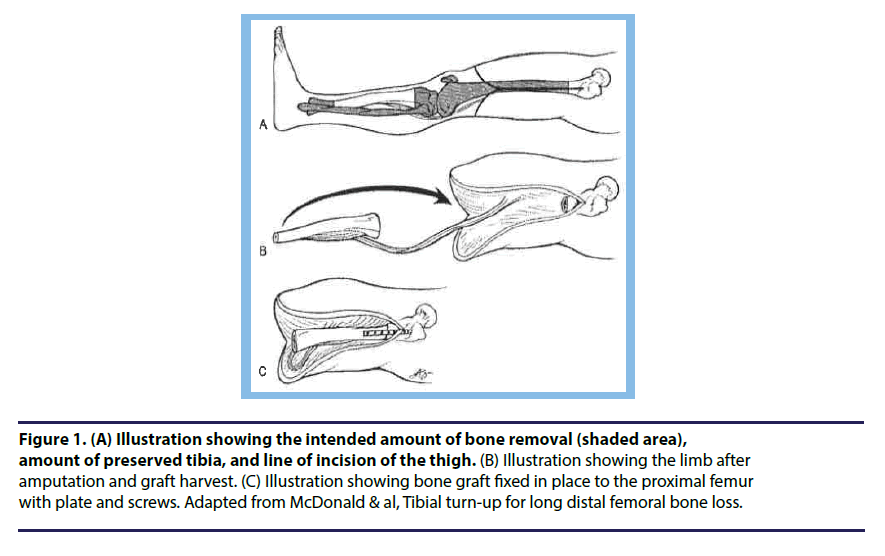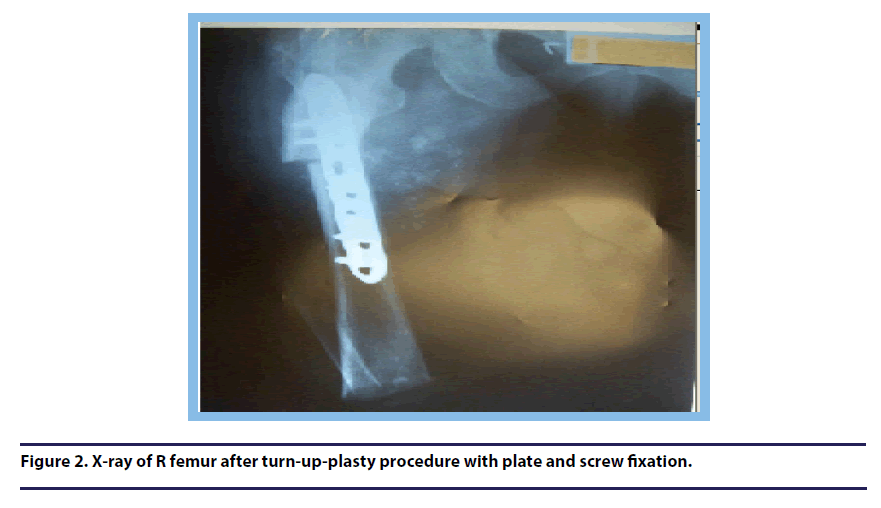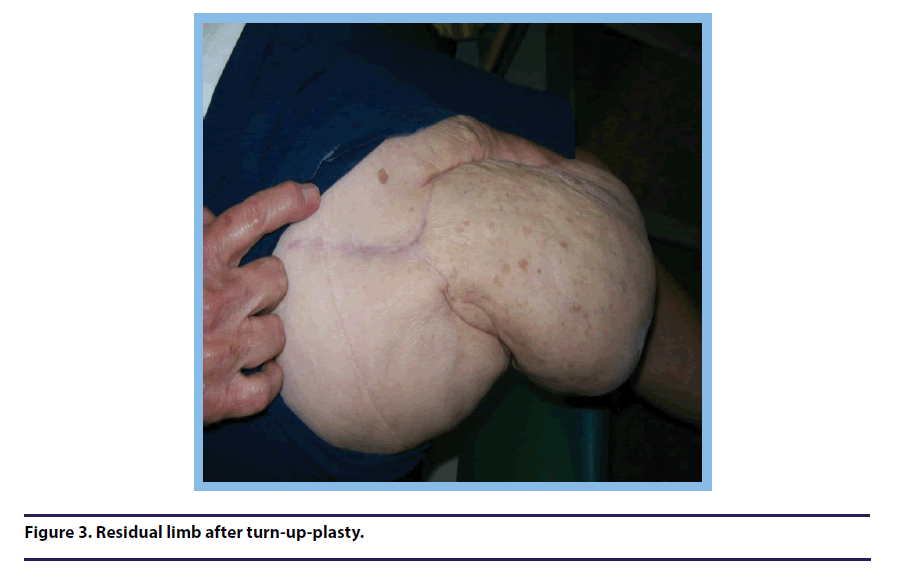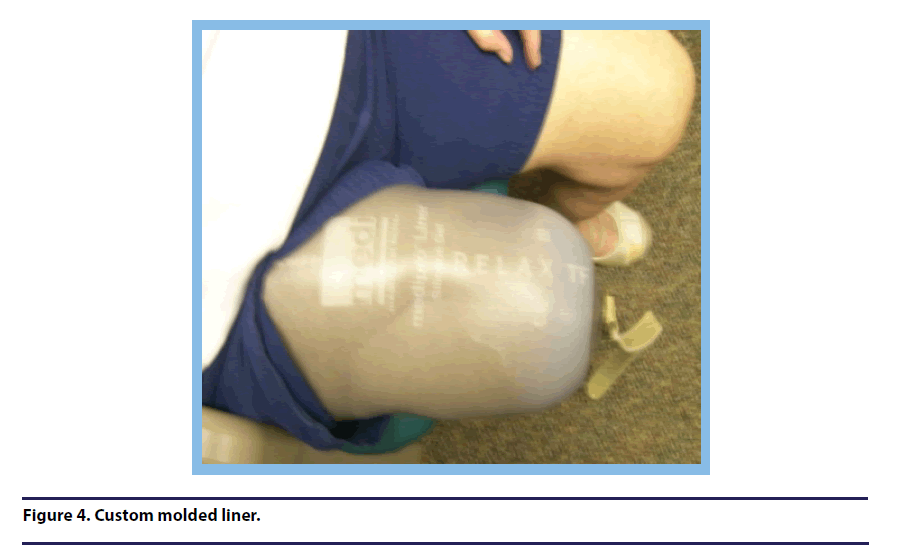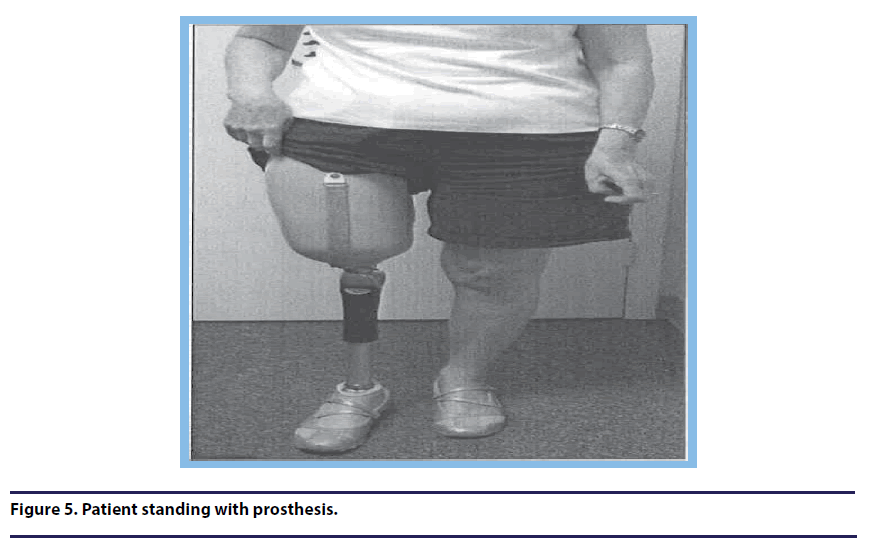Case Report - Research on Chronic Diseases (2017) Volume 1, Issue 1
Rehabilitation of a challenging âÃâ¬ÃÅturn-upplastyâÃâ¬Ã amputee for liposarcoma of the femur: a case report
- *Corresponding Author:
- Ference T
Miller School of Medicine
University of Miami, USA
E-mail: t.ference@med.miami.edu
Abstract
A 68-year-old female who was diagnosed with liposarcoma of the right distal femur underwent primary resection of the tumor, two courses of adjuvant chemotherapy, and eight weeks of radiation therapy. At seven years post-op, the patient sustained a distal right femur fracture, for which she underwent open reduction internal fixation. Two years later, the distal right femur re-fractured and new rods were placed. 6 years later, the distal right femur re-fractured again. Surgery was complicated by recurrent osteomyelitis, which was treated with two bone resection surgeries.
Keywords
post-polio syndrome, dysphonia
Introduction
A 68-year-old female who was diagnosed with liposarcoma of the right distal femur underwent primary resection of the tumor, two courses of adjuvant chemotherapy, and eight weeks of radiation therapy. At seven years post-op, the patient sustained a distal right femur fracture, for which she underwent open reduction internal fixation. Two years later, the distal right femur re-fractured and new rods were placed. 6 years later, the distal right femur re-fractured again. Surgery was complicated by recurrent osteomyelitis, which was treated with two bone resection surgeries.
Case presentation
Due to loss of structural integrity, bone fragility and high risk of re-fracture, the patient was offered a limb salvaging procedure with either Rotationplasty or partial tibial Turn-up-plasty. Patient preferred partial tibial Turn-up-plasty, in which the distal end of the tibia is turned up and fastened to the distal end of the remaining femur by plate and screw fixation or intramedullary nail (Figure 1), to Rotationplasty, in which the lower leg is externally rotated 180 degrees and the proximal end of the tibia is joined to the distal end of the femur, due to improved cosmetic appearance of the residual limb in Turn-up plasty procedure [1].
Figure 1. (A) Illustration showing the intended amount of bone removal (shaded area), amount of preserved tibia, and line of incision of the thigh. (B) Illustration showing the limb after amputation and graft harvest. (C) Illustration showing bone graft fixed in place to the proximal femur with plate and screws. Adapted from McDonald & al, Tibial turn-up for long distal femoral bone loss.
In tibial turn-up plasty, the popliteal and posterior tibial neurovascular bundles are preserved -44: wing to supply the tibal graft. Standard above knee amputation skin flaps are used.
A short transfemoral amputation with partial Turn-up-plasty was performed. The patient’s right foot was amputated above the ankle, the patient’s femur, knee, proximal tibia and proximal fibula were resected, and the remaining tibial graft in the right lower leg was turned up 180 degrees in the frontal plane and the distal tibia and fibula bones were bridged to the existing short femur using plate and screw fixation (Figure 2). The residual limb had a bulky shape, unlike typical transfemoral amputations (Figure 3) [2].
Once bone union was confirmed the patient received a transfemoral prosthesis using a custom molded liner (Figure 4). A silver-lined silicone liner was chosen to prevent future infection. The patient rapidly learned to ambulate with her prosthesis (Figure 5). She underwent a great deal of residual limb shrinkage and required a new socket and liner within a short time. Despite the use of the silver-lined silicone liner the patient developed a recurring fungal rash likely due to the multiple skin invaginations in the bulky residual limb. The rash resolved with the addition of a prosthetic sock and a 3-week course of topical medication. The patient’s rehabilitation and recovery has been otherwise uncomplicated [3].
Discussion and Conclusion
Turn-up-plasty surgery was first described by Ferdinand Sauerbruch in 19222. Since the time when the original procedure was described, literature regarding Turn-up-plasty shows variations on this surgery. Turn-up-plasty is considered to be a safe procedure and complications after 2 months of surgery are rarely expected. Although rarely performed, Turn-up-plasty provides an opportunity to preserve the patient’s own bone and to achieve good function of the leg by augmenting residual limb length, allowing for improved prosthetic fitting and gait efficiency.
Cosmetically, the appearance of the residual limb is more acceptable to patients than the Van Nes Rotationplasty. We strongly recommend this procedure as an option for patients with bone cancer. In our case the patient succeeded in achieving excellent prosthetic fitting.
References
- McDonald D, Scott S, Eckhardt J. Tibial turn-up for long distal femoral bone loss. Clin. Orthop. Relat. Res. 383, 214–220 (2001).
- Sauerbruch F. Die Exstirpation des Femur mit Umkipp–Plastik des Unterschenkels. Chir. 169, 1–12 (1922).
- van Nes CP. Transplantation of the tibia and fibula to replace the femur following resection; turn-up-plasty of the leg. J. Bone. Joint. Surg. Am. 30A, 854–858 (1948).
